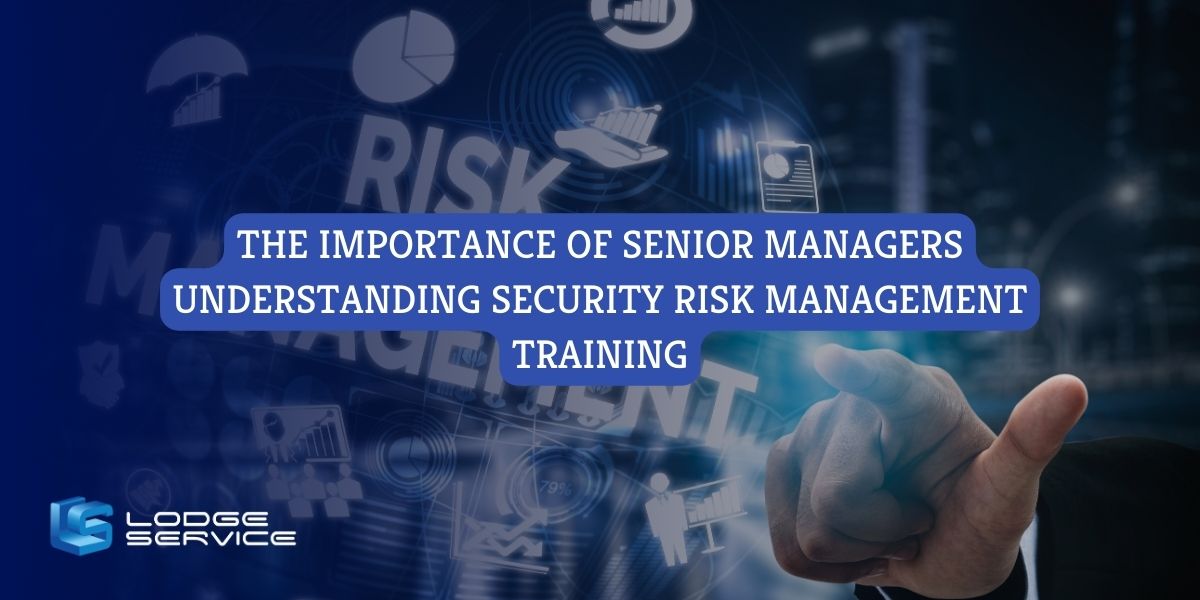Understanding the Significance of Risk Management in Modern Business Practices
Understanding the Significance of Risk Management in Modern Business Practices
Blog Article
The Vital Value of Risk Management in Achieving Organizational Objectives
In the rapidly evolving service landscape, the capacity to navigate uncertainty has actually become a critical. This is where Risk Management action in, providing a structured technique to recognizing, evaluating, and mitigating potential roadblocks to proceed. It's more than simply a safety measure - it's a calculated tool, cultivating strength and technology. As we discover the important role of Risk Management in attaining business objectives, one can not assist however wonder: how does this convert right into real-world success?
Understanding the Idea of Risk Management in Business

The Important Duty of Risk Management in Strategic Planning
Integrating Risk Management into critical preparation acts as a safeguard for organizations, anchoring their lasting strategies with a strong foundation of preparedness and strength. Risk Management uses a framework for preparing for unpredictabilities and creating ideal feedbacks, making certain the organization's survival and prosperity even in the face of hardship. By including Risk Management right into calculated preparation, organizations can transform these unpredictabilities right into opportunities for development and development.

Methods for Identifying, Assessing, and Prioritizing Threats
Navigating the complicated landscape of threats calls for the application of details methods for their identification, evaluation, and prioritization. The process starts with Risk recognition, utilizing tools such as SWOT analysis, which helps in identifying possible dangers and possibilities. Next, Risk evaluation is carried out to determine the possible influence and probability of each Risk. Tools such as Risk matrices and impact-probability charts are utilized for this. Risks are prioritized based on their possible effect and possibility, permitting companies to concentrate their sources on critical risks. This organized technique makes sure an extensive understanding of the Risk landscape, making it possible for organizations to make enlightened decisions and efficiently handle risks to accomplish their goals - importance of risk management.
Protecting Organizational Operations With Effective Risk Management
In the business landscape filled with unpredictabilities, efficient Risk Management plays a pivotal function in guarding organizational operations. By identifying and analyzing potential risks, Risk Management allows companies to establish robust contingency strategies. Organizations need to invest in comprehensive Risk Management strategies to go to this web-site protect their procedures.

Converting Potential Threats to Opportunities: The Power of Risk Management
While possible hazards could originally look like obstacles to organizational success, effective Risk Management can change them right into possibilities. A positive approach to risk Management entails recognizing, examining, and focusing on threats to devise techniques that transform them right into possible benefits. This process requires the development of a risk-aware culture within the organization, urging people to see risks as potential drivers for change and growth, as opposed to plain dangers. importance of risk management. With this lens, possible dangers end up being possibilities to introduce, enhance processes, and reinforce resilience. Hence, by leveraging the power of Risk Management, organizations can not only guard their operations however additionally stimulate development and achieve their objectives in an unforeseeable business atmosphere.
Instance Studies: Success Stories of Risk Management Driving Organization Objectives
Effective execution of Risk Management methods has yielded impressive outcomes in numerous organizations, underscoring the merits of this technique. Multinational companies like here are the findings Microsoft and Google, for example, have actually leveraged Risk Management to minimize dangers and manipulate possibilities, driving their organization objectives onward. Microsoft's proactive Risk Management approach aided it pivot quickly throughout the 2020 pandemic, transitioning to remote work smoothly, consequently maintaining productivity. Google, by analyzing and alleviating potential risks in its cloud-based services, has guaranteed continuous solution, thereby enhancing customer trust fund. These instances illustrate how successful Risk Management can not just steer services clear of possible mistakes yet additionally guide them in the direction of their critical objectives. Thus, Risk Management is important to the pursuit of organizational objectives.
Conclusion
In final thought, Risk Management is essentially critical in attaining business objectives. By including Risk Management into tactical planning, businesses can better browse unpredictabilities, secure operations, and capitalise on possibilities, consequently straightening with long-lasting goals.
At its core, Risk Management is Discover More the procedure of identifying, analyzing, and resolving possible dangers that might adversely affect an organization's operations or purposes. Next, Risk evaluation is performed to establish the potential impact and likelihood of each Risk. Threats are prioritized based on their potential effect and probability, permitting companies to concentrate their resources on high-priority risks. By identifying and analyzing prospective threats, Risk Management allows companies to establish robust backup plans. An aggressive method to risk Management involves determining, assessing, and focusing on dangers to create approaches that turn them into prospective benefits.
Report this page